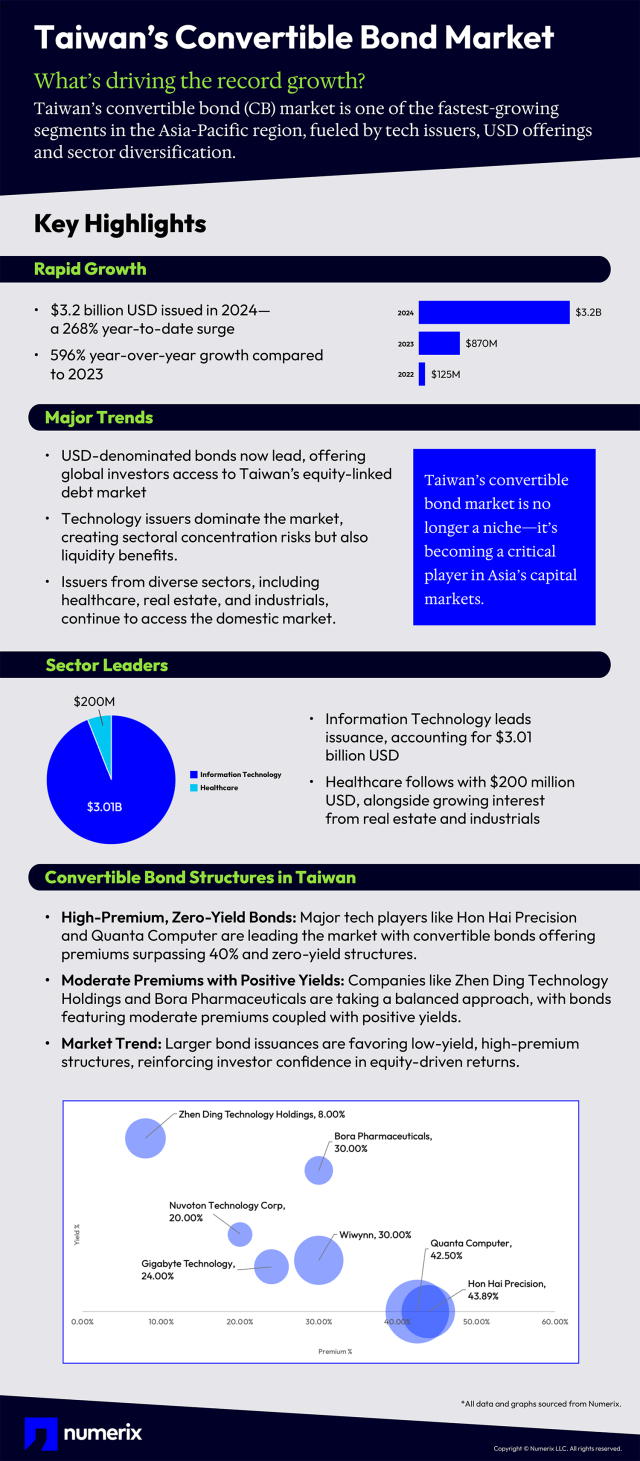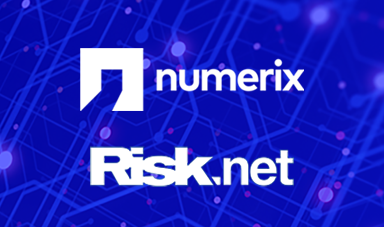Navigating Banking Architecture in an Age of Digital Transformation
As the financial industry undergoes rapid digital transformation, banking institutions face a crucial decision: selecting the right architecture model to support their evolving needs. Banks must also select whether to keep systems on-premise, move to a public cloud or transition to a provider with a private cloud. Each choice carries distinct challenges around support, costs, and operational resilience, particularly as new regulations like the European Union’s Digital Operational Resilience Act (DORA) emerge.
In a recent Numerix-sponsored whitepaper, From Chaos to Clarity - The Role of Clean Data in Banks' Digital Journeys, key issues surrounding banks’ digital transformation were tackled. Findings revealed that besides cost and security, cultural and operational factors also play a significant role in determining the right architecture for banks. Additionally, the pressure to meet regulatory demands and remain competitive means institutions must think strategically about their future infrastructure.
Use Case-Driven Decisions
Sarthak Shreya, Product Manager at Numerix explains, “Data and architecture choices often depend on the use case. For example, XVA [valuation adjustment] requires deep domain expertise and significant compute power, along with data traceability and lineage. To ensure this is done in a secure, operationally efficient manner, it makes sense to use a vendor with specialist expertise. But, on the flipside, for sensitive customer information, it may be a better option to remain in-house or on a private cloud.”
Banks must therefore balance the efficiency and expertise gained from third-party solutions with the need for data security and compliance. Each decision brings with it specific risks and benefits, requiring careful evaluation based on the bank’s unique operational needs.
AI’s Role in Banking
Artificial intelligence (AI) is transforming how banks process vast amounts of data. For example, in banking, AI tools can enhance traditional data analysis techniques and allow for better time-series analytics. Investing in scalable infrastructure capable of handling AI and large language models (LLMs) is crucial as the influx of unstructured data grows.
However, AI brings its own set of challenges. Ethics, explainability, and the risk of synthetic fraud must rise to the top of one’s considerations. Overuse of AI is cautioned in situations where simpler models would suffice, and unnecessarily complex AI models can increase costs and energy consumption without delivering additional value. Despite AI’s growing influence, traditional statistical approaches have their place and remain valuable.
Data Quality as a Cornerstone
While technology enables transformation, clean and accurate data is the foundation for success. It’s often the case that poor data quality presents a greater challenge than the technology itself. As such, it is of utmost importance to clearly define the problem when tackling data issues. For example, ensuring financial instrument prices or discount factor curves are consistent across systems is a common hurdle that requires a step-by-step approach.
Responsibility for data quality must also be shared across the organization. Data issues are often misclassified as IT problems, when in fact, they stem from process and data ownership gaps. Thus, creating a strong data culture — one that emphasizes shared responsibility for data accuracy — is essential for improving data quality across the organization.
Governance, Autonomy, and Self-Service Data Infrastructure
Governance frameworks play a critical role in maintaining high data standards. Robust frameworks help monitor breaches, escalate issues, and ensure that problems are addressed quickly. They should also include manual steps and fallback mechanisms to mitigate risks when things go wrong.
Data autonomy is another factor driving digital transformation. Self-service, cloud-based data infrastructures enable users to take control of data quality without relying on IT. This democratized access enabled users to identify and resolve issues, reducing bottlenecks and fostering a more efficient and collaborative approach to data management.
Building a Future-Proof Architecture
As banks navigate their digital transformation journey, choosing the right architecture is critical. Whether opting for on-premise systems, migrating to public clouds, or adopting private clouds, institutions must carefully weigh the benefits and risks of each option. In addition to selecting the right infrastructure, banks must also prioritize data quality, governance, and fostering a culture of shared responsibility.
By focusing on these key pillars, banks can cope with the challenges of digital transformation and build a future-proof architecture that meets regulatory requirements, enhances operational efficiency, and supports innovation.
For more in-depth analysis on this topic, please read the full whitepaper: From Chaos to Clarity - The Role of Clean Data in Banks' Digital Journeys.


